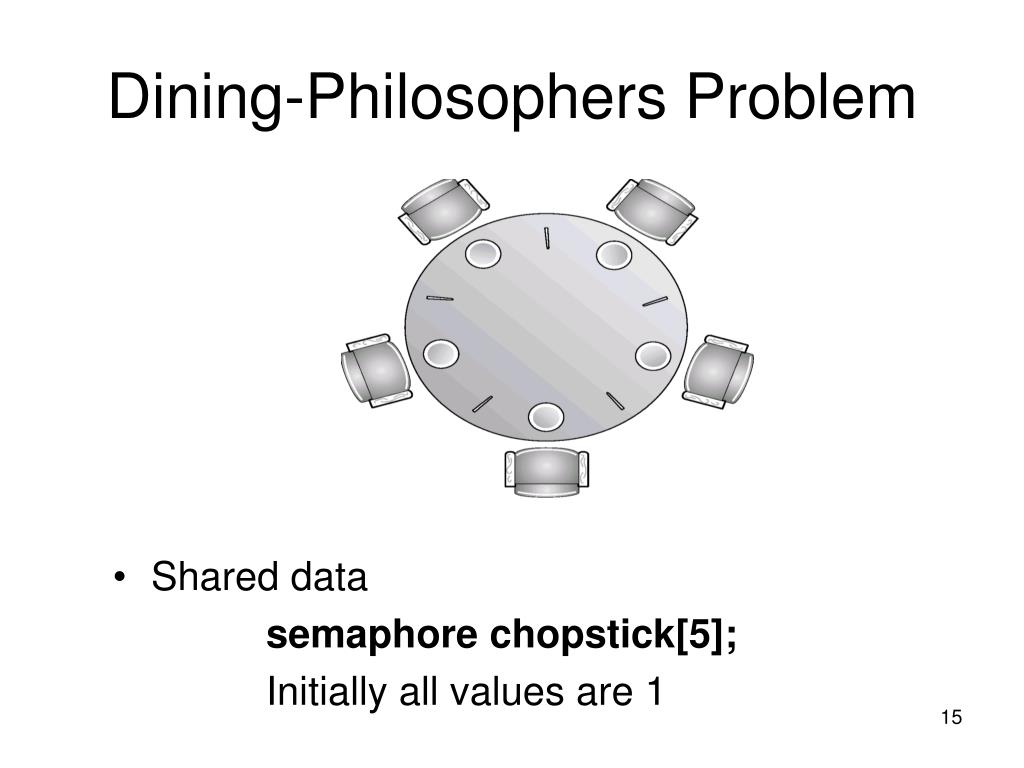

Is a flag considered a sign?īut, is a flag considered a sign? The answer is not quite as simple. It represents the freedom, dignity, and true meaning of being an American. The flag is so important that its history tells the story of America itself.

The flag has been used to display our nationalism, as well as our rebellion, and everything else in between. They are now also extensively employed for signaling, for decoration, and for display. Why are flags used?įlags originally were used mainly in warfare, and to some extent they have remained insignia of leadership, serving for the identification of friend or foe and as rallying points. It is used as a symbol, a signalling device, or for decoration. However, not all flags are binary, meaning they can store a range of values.Ī flag is a piece of fabric (most often rectangular or quadrilateral) with a distinctive design and colours. Flags are often binary flags, which contain a boolean value (true or false). The value of the flag is used to determine the next step of a program. In computer science, a flag is a value that acts as a signal for a function or process. If the resulting semaphore value is negative, the calling thread or process is blocked, and cannot continue until some other thread or process increments it. In my experience, folks hit this assert because of fuzzy thinking about their concurrency, and working around such problems tends to cause other, hard-to-debug problems showing up elsewhere.A semaphore is an integer with a difference. Gotta say, I’m not a fan of the ‘call dispatch_semaphore_signal until things balance’ workaround. Is that the situation you’re seeing the problem?īut the workaround mentioned in there fixed my problem though. I’m not a Metal expert but most of the folks I’ve seen using a Dispatch semaphore in a Metal context are using it to implement some sort of multi-buffering, which means this problem shows up when you want to shut down rendering. For a given sema- phore, calls to dispatch_semaphore_signal andĭispatch_semaphore_wait must be balanced beforeĪs to what you should do about this, that depends on what you’re using this semaphore for. Unbalanced dispatch semaphores cannot be released. This is explicitly documented in the dispatch_semaphore_wait man page, which says: I noticed that this error doesn't occur when the semaphore's wait/signal calls are balanced such that the semaphore's counter is at the value I initially passed in Var semaphore = DispatchSemaphore(value: 3)

Geting semaphor value code#
In my actual code (which is in Metal rendering code that's getting called every frame), I don't know what the semaphore's counter is at at any given moment (and because of the abstraction of a semaphore, I shouldn't have to know what the counter is at), so how do I make sure that the object that holds the semaphore (and the semaphore itself) is deallocated properly so I don't get this crash on deallocation? I noticed that this error doesn't occur when the semaphore's wait/signal calls are balanced such that the semaphore's counter is at the value I initially passed in (see code below). The call stack shows libdispatch.dylib`_dispatch_semaphore_ld.1 as the location of the crash. When an object that contains a semaphore gets automatically deallocated by ARC in my app, I get an EXC_BREAKPOINT or an EXC_BAD_INSTRUCTION with the message "BUG IN CLIENT OF LIBDISPATCH: Semaphore object deallocated while in use".


 0 kommentar(er)
0 kommentar(er)
